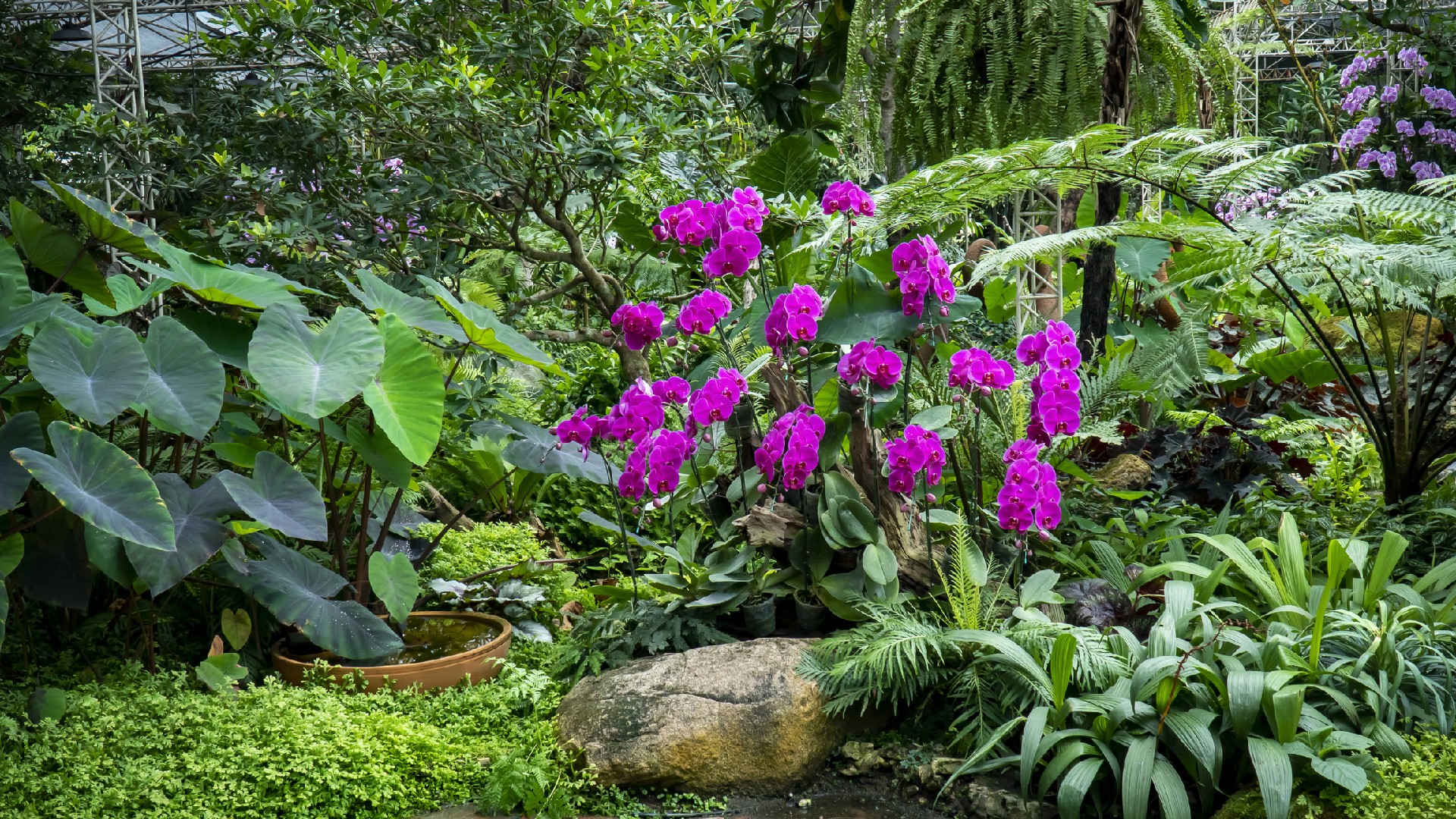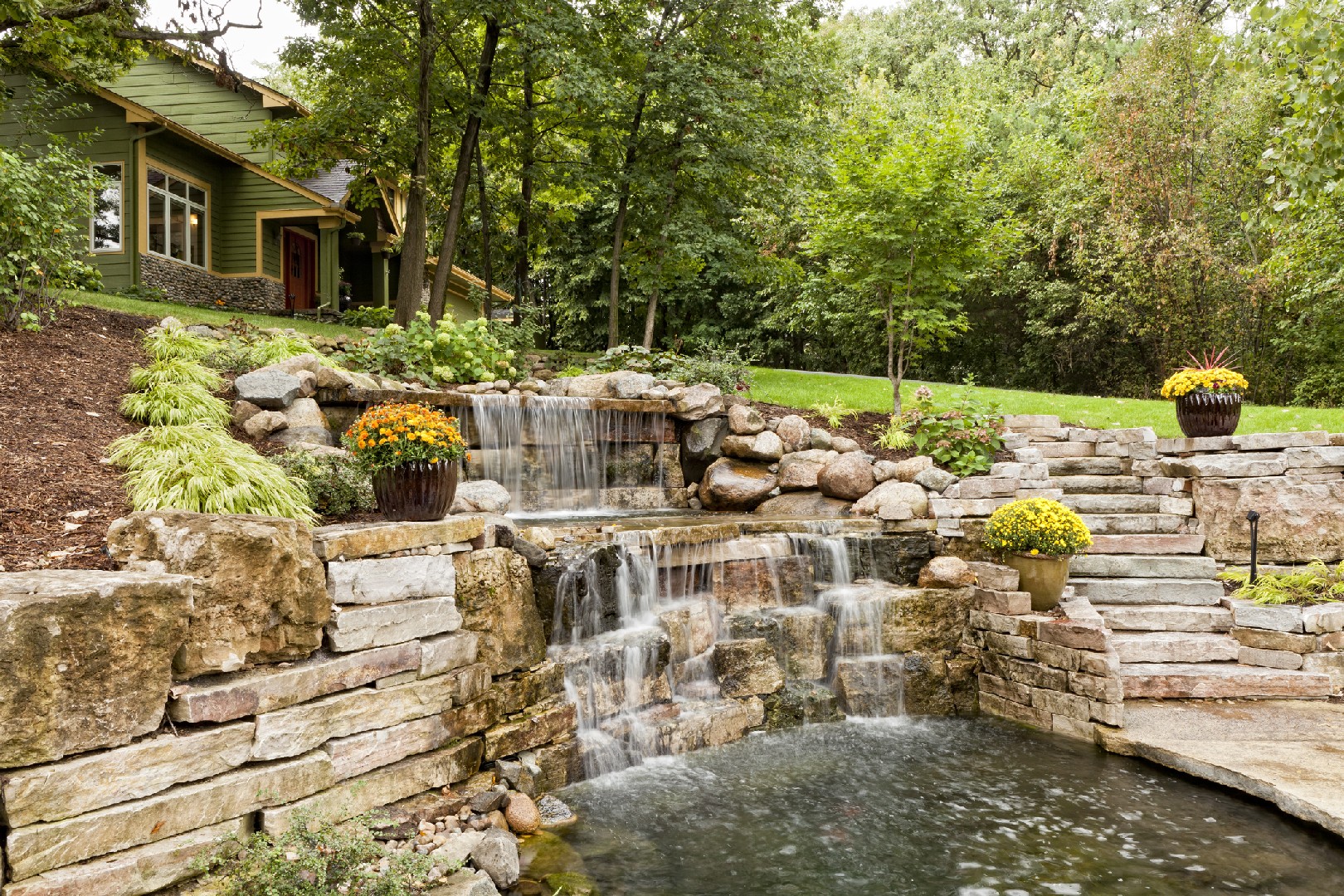![Rectangle]()
Seasonal Plants & Their Advantages
Accentuating your garden with diverse foliage can create a year-round appeal that is both visually stunning and inspiring. By incorporating a variety of seasonal plants into your garden, you can embrace the beauty of each season and create an ever-changing landscape that keeps you captivated throughout the year.
Perennials, biennials, and annuals play a crucial role in achieving this year-round garden appeal. Perennials are plants that live for more than two years, and they often form the backbone of a garden. They provide a sense of stability and continuity by returning each year with their beautiful blooms or interesting foliage. Biennials, on the other hand, have a two-year life cycle. They grow leaves and stems in the first year and then flower and produce seeds in the second year before dying. Annuals, as the name suggests, complete their life cycle within a year, germinating from seeds, flowering, producing seeds, and then dying.
The advantage of incorporating these different types of plants is that they each offer unique characteristics and requirements that can add interest and diversity to your garden throughout the seasons. Perennials, with their ability to come back year after year, provide a sense of reliability and permanence. They can be the anchor plants that form the structure of your garden and serve as a backdrop for other seasonal plants.
Biennials bring anticipation to the garden as you watch them grow and prepare for their spectacular flowering in the second year. They can add an element of surprise and excitement with their bursts of color and unique shapes. Annuals, with their shorter life span, allow you to experiment with different plants and color schemes every year. They bring freshness and novelty to your garden, making it feel dynamic and ever-changing.
There are many benefits to incorporating seasonal plants in your garden. One of the key advantages is the constant change each season brings. As spring turns into summer, and summer into fall, your garden will transform, providing you with something new and exciting to look forward to. This sustained interest keeps you engaged and inspired to continue nurturing and beautifying your garden.
In addition to the aesthetic appeal, seasonal plants also play a vital role in supporting biodiversity. By selecting plants that align with each season's requirements, you are creating a habitat that can attract a wide range of pollinators and wildlife. This not only adds to the beauty of your garden but also contributes to the overall health of the ecosystem.
When selecting plants for each season, it's important to consider their specific requirements. Some plants thrive in full sun, while others prefer shade. Some require well-drained soil, while others thrive in moist conditions. By understanding the needs of each plant, you can ensure they receive the right conditions for optimal growth and development.
To make the most of your seasonal garden, consider researching and planning ahead. Create a planting calendar that outlines which plants will thrive in each season and plan for the transitions between seasons. This will help you maintain a visually appealing garden throughout the year and ensure that you have a continuous supply of blooms and foliage.
By embracing seasonal change and incorporating a variety of plants into your garden, you can create a year-round appeal that is both visually stunning and inspirational. The ever-changing landscape will keep you engaged and excited as you witness the transformation of your garden with each passing season. So, go ahead and explore the world of seasonal plants, and unleash the beauty and magic they bring to your outdoor space.





